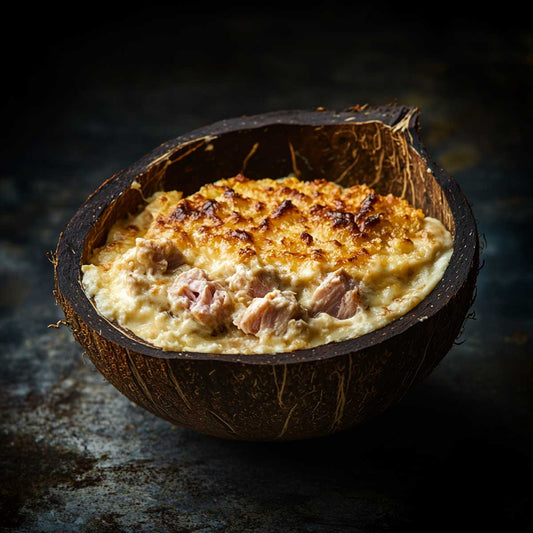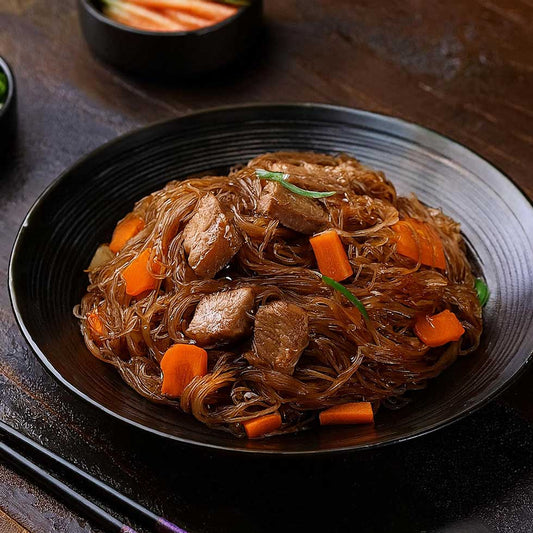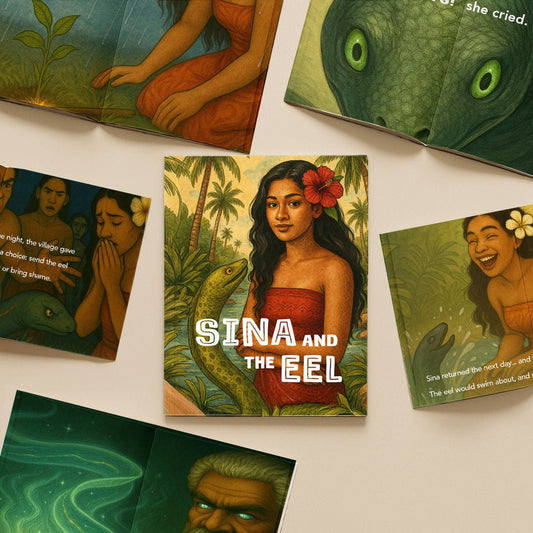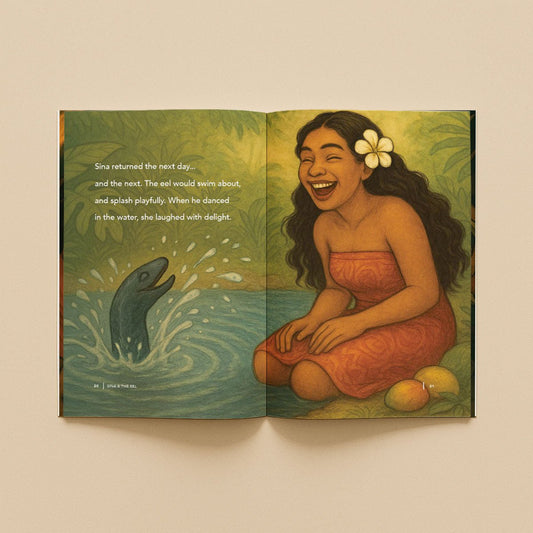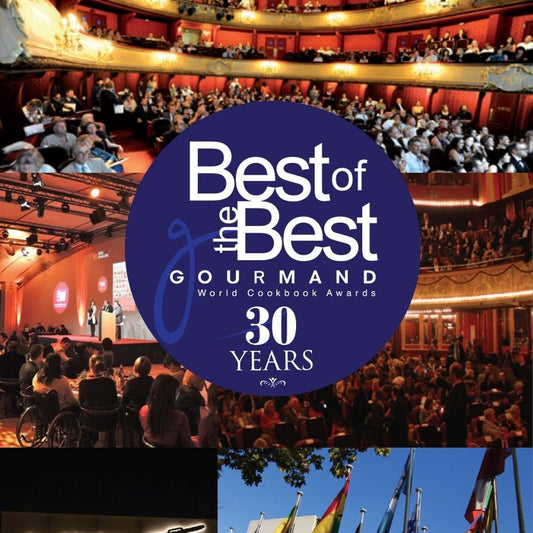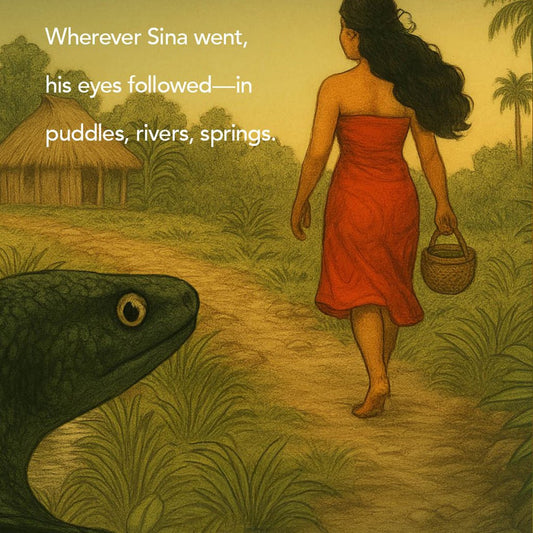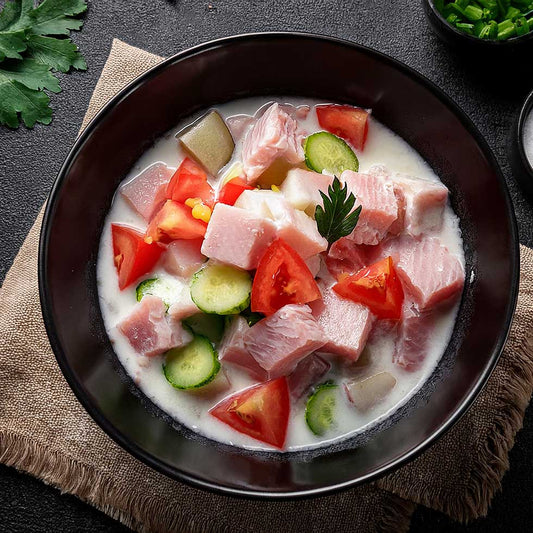Samoan or Polynesian? Defining the Identity and the Cradle of the Pacific
The Pacific Ocean is home to a world of islands, vibrant cultures, and seafaring legends. When discussing this vast area, the terms "Samoan" and "Polynesian" are often used, sometimes interchangeably, yet they represent a fundamental relationship that is crucial to understanding the region's heritage. The simple question—Is Samoa Polynesian?—has a profound answer that unlocks the history of the entire Pacific. The relationship is not one of either/or, but rather one of part-to-whole, with Samoa holding a singularly important place as the cultural and linguistic "cradle" of the Polynesian world.
This comprehensive guide delves into the geography, history, and distinct culture of the Samoan people, establishing their integral role within the broader Polynesian family.
Understanding the Polynesian World: The Triangle and Its Origin
To define the relationship between Samoa and Polynesia, one must first grasp the concept of the Polynesian Triangle. The term "Polynesia" comes from the Greek for "many islands." Geographically, it is a vast, triangular region of the Pacific Ocean defined by three apex points: Hawaiʻi in the north, New Zealand (Aotearoa) in the southwest, and Easter Island (Rapa Nui) in the southeast.
The Core Regions of Polynesia
Within this massive triangle lie numerous island nations and territories, all sharing a common linguistic, genetic, and cultural heritage, stemming from the same intrepid voyaging ancestors (the Lapita people). Key cultures include:
- West Polynesia: Tonga, Samoa, Wallis and Futuna, Tuvalu.
- East Polynesia: Hawaiʻi, Tahiti, the Marquesas, Rapa Nui, Cook Islands, and Māori of New Zealand.
Samoa’s Role: The Cradle of Culture
Samoa, along with Tonga, sits at the heart of West Polynesia. Archaeological evidence suggests the Samoan islands were settled around 1000 BCE, making them one of the oldest inhabited archipelagos within the triangle. This early settlement, followed by nearly a thousand years of cultural development before the next major wave of voyages, is why Samoa is often referred to as the "Cradle of Polynesia."
- Key Takeaway: Samoans are Polynesian. They are not merely one of the cultures in Polynesia; their islands were a crucial point of origin where the definitive Polynesian culture, language, and social structures were established before spreading to the rest of the triangle.
Faʻa Sāmoa: The Distinct Samoan Way of Life
While Samoans share the overarching Polynesian identity, their specific cultural practices, known as Faʻa Sāmoa (The Samoan Way), possess a depth, complexity, and continuity that sets them apart and serves as a model for Polynesian resilience.
The Faʻamatai (Chiefly System)
The traditional political and social structure of Samoa, the faʻamatai, is central to Faʻa Sāmoa. This system revolves around the matai (chiefs), who are the title holders and leaders of the ʻaiga (extended family).
- Collectivism vs. Individualism: Faʻa Sāmoa is profoundly collectivist. A matai title is not inherited by birthright alone (as in the hereditary royal systems of Hawaiʻi or Tonga), but is earned through tautua (service) to the family and village. The chief's primary responsibility is to serve the interests of the community, manage communal lands, and represent the family in the village fono (council).
- Endurance: This system has proven incredibly robust, surviving centuries of European contact, colonization, and the eventual independence of the nation of Samoa in 1962, maintaining its relevance in the modern political structure.
The Sacred Art of Tatau (Tattooing)
Samoan tattooing, or tatau, is one of the most recognized and powerful symbols of Polynesian identity, and in Samoa, it holds unparalleled cultural weight.
- The Process: The traditional art of tatau is performed by a tufuga ta tatau (master tattooist) using only hand-tapped tools made from bone, shell, and wood.
- The Symbols of Service: The full male tattoo, the peʻa, covers the body from the mid-back to the knees. The female tattoo, the malu, is more sparse but equally significant, usually adorning the thighs. Receiving a tatau is a painful, days-long process, symbolizing the individual's commitment to service, family, and the cultural endurance of Faʻa Sāmoa.
- Polynesian Link: The very word for tattoo in English is derived from the Polynesian word "tatau."
Language: Gagana Sāmoa—The Ancient Voice
The Samoan language, Gagana Sāmoa, is one of the oldest and most widely spoken Polynesian languages. Its position in the Polynesian family tree is central, as it retains many features of the ancestral Proto-Polynesian language.
Linguistic Continuity
Because Samoa was settled so early, its language is considered a foundational or "conservative" language. Later Polynesian languages, like Hawaiian (ʻŌlelo Hawaiʻi) and Māori (Te Reo Māori), evolved from this root as small groups of voyagers separated and adapted their speech in remote isolation.
- The Glottal Stop: Samoan uses a glottal stop (represented by the ʻokina), which is a common feature across many Polynesian languages.
- Vowel Retention: Like other Polynesian tongues, Samoan has a simple, consistent structure of vowels and consonants, reflecting the deep linguistic bond between all Polynesian people.
- Modern Health: Unlike some other Polynesian languages that have faced a near-total decline, Gagana Sāmoa remains a vibrant, living language, spoken daily by the vast majority of the population in the Independent State of Samoa and American Samoa.
Samoan Identity in the Greater Pacific Context
The identity of a Samoan person is layered: they are a Samoan first, a Polynesian by heritage, and a Pacific Islander by the broader geographic term (which also includes Melanesia and Micronesia).
The Pacific Islander Umbrella
The term Pacific Islander is a broad ethnogeographic classification that encompasses people from three distinct regions:
- Melanesia: Includes Fiji, Papua New Guinea, Solomon Islands, and Vanuatu.
- Micronesia: Includes Guam, Palau, Marshall Islands, and Kiribati.
- Polynesia: Includes Samoa, Tonga, Hawaiʻi, and Māori.
Therefore, a Samoan is a Pacific Islander, but a Fijian (Melanesian) or a Chamorro from Guam (Micronesian) is also a Pacific Islander, yet they are not Polynesian, nor are they Samoan. This highlights why the more specific term, Polynesian, is important—it denotes a much closer cultural and genetic tie that excludes the other Pacific groups.
A Culture of Global Influence
Samoan people have carried Faʻa Sāmoa and their unique contributions across the globe. From powerful athletes influencing world sports to cultural ambassadors sharing the art of the siva (dance) and the strength of the tautua philosophy, Samoa’s culture is globally recognized, often serving as the face of the Polynesian identity.
The final answer is clear: Samoan is a specific, ancient, and highly influential culture within the broader group of Polynesian cultures. One is a people and their way of life; the other is the vast, oceanic family they belong to. To be Samoan is to embody the purest, most enduring form of the Polynesian spirit, rooted in service, family, and respect for tradition.
Celebrate the enduring spirit of Faʻa Sāmoa and the rich heritage of all Polynesia. From traditional clothing to cultural crafts, find authentic pieces that honor the legacy of the Pacific. Click here to shop and connect with the heart of the Pacific.






